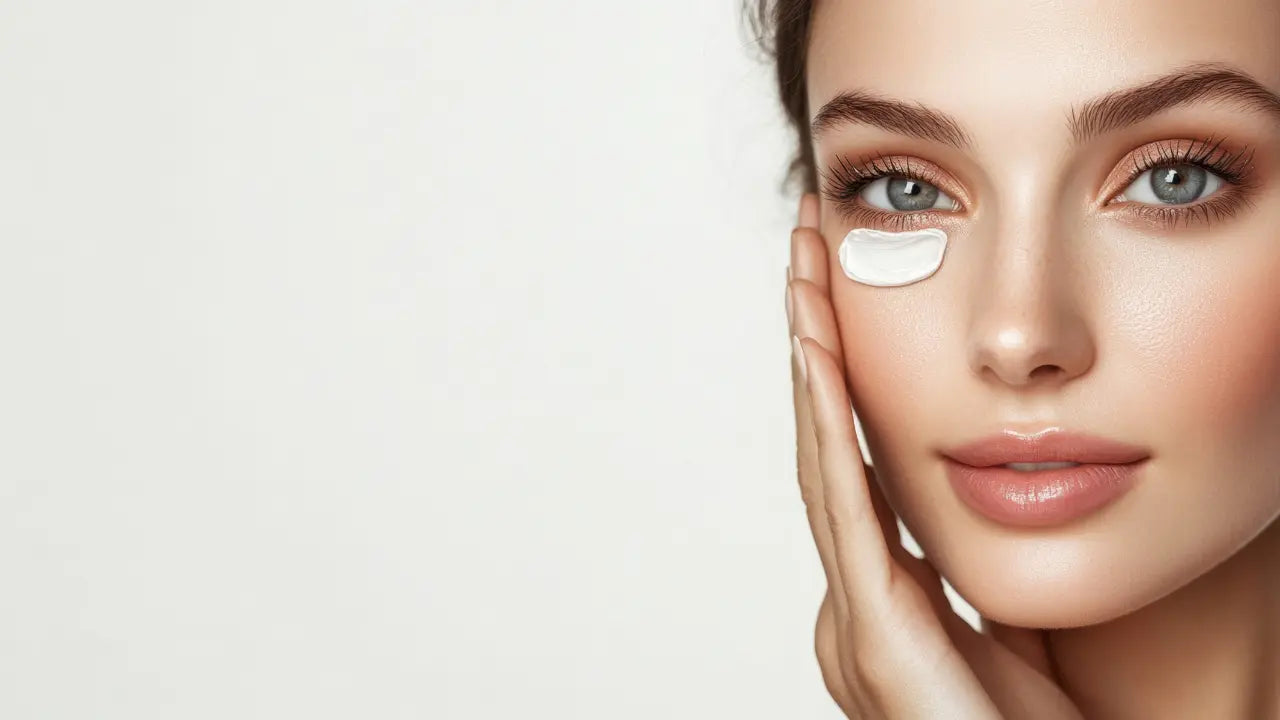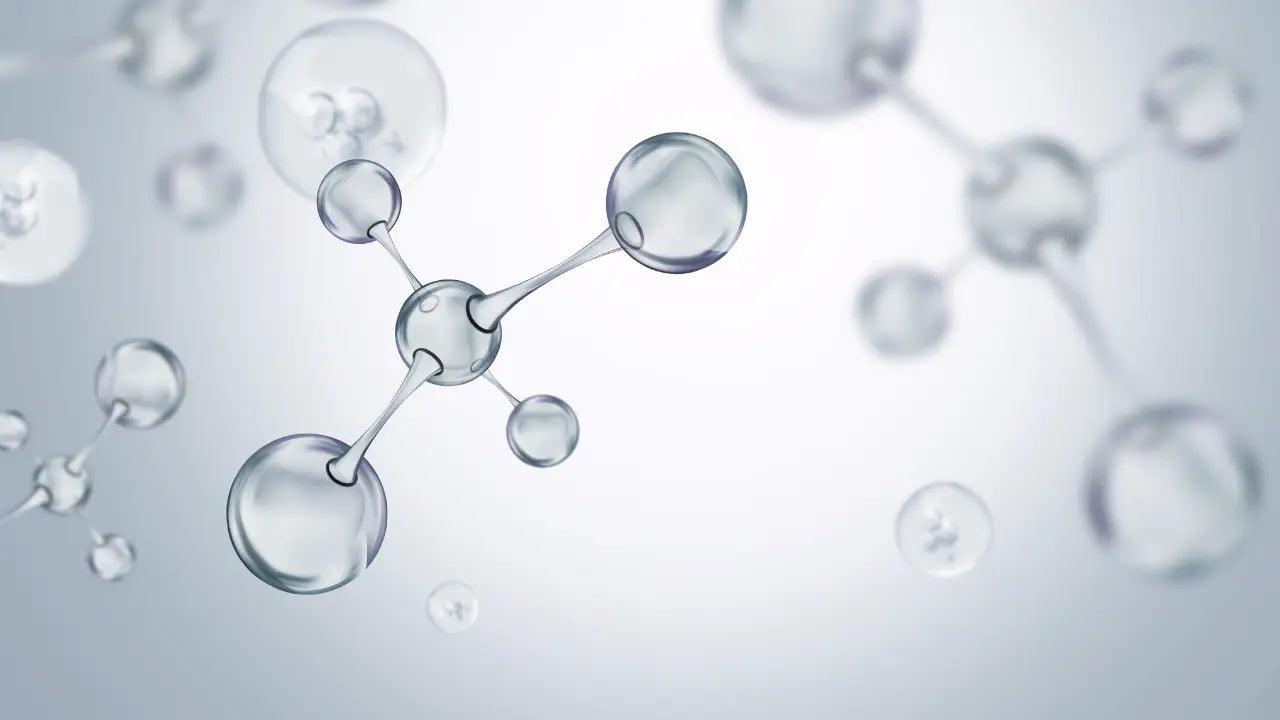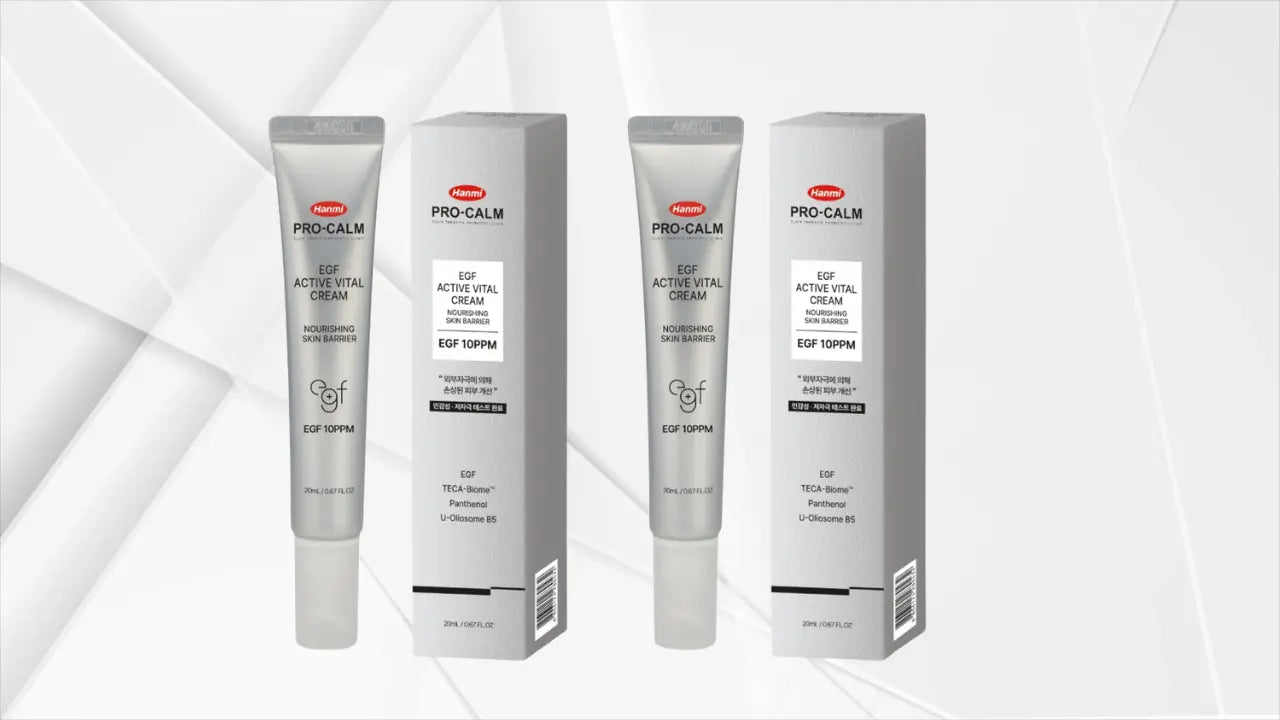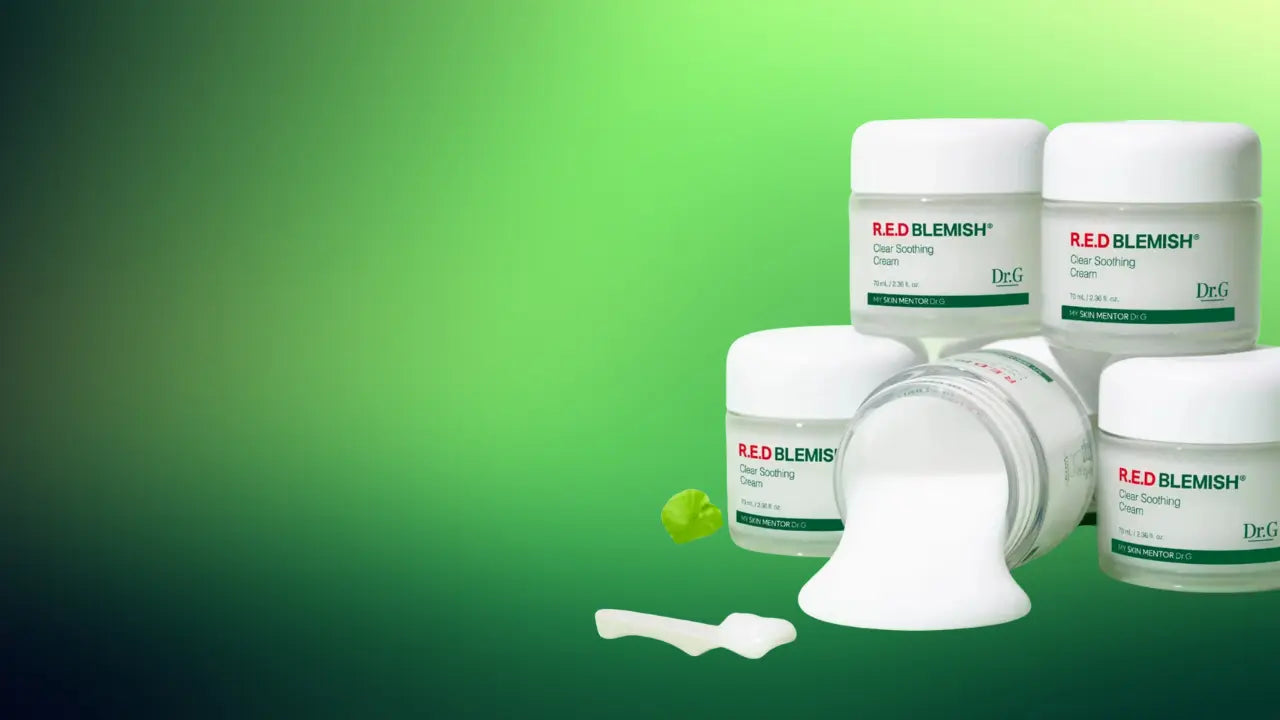Glow Lab
Best Oil‑Based Cleanser for Acne
By Sanhodam, Cosmetic Science Writer Last updated: November 4, 2025 Disclosure: Content is educational and not a substitute for professional diagnosis or treatment. We don’t accept payments to include or rank products. If you buy through our links, we may earn a small commission at no extra cost to you. TL;DR A non‑comedogenic, fast‑emulsifying oil cleanser can remove sunscreen, long‑wear makeup, and excess sebum without harsh rubbing. Used correctly (thorough emulsification + rinse, optional low‑pH second cleanse), oil cleansing can suit acne‑prone skin. Why oil cleansing can help acne Oil attracts oil. Step one: lightweight oils/esters dissolve sebum plugs and waterproof formulas. Step two: emulsifiers meet water, turning the cleanser milky so debris rinses away. This “like‑dissolves‑like” method cleans gently, which matters because irritation can aggravate breakouts. Equally important is your skin barrier: it stays happiest near pH 4.5–5.5. Over‑washing or using harsh surfactants can disrupt that balance. A mild cleansing system helps preserve barrier lipids and reduce dryness or rebound oil. Barrier & cleanser science (open‑access review): https://pmc.ncbi.nlm.nih.gov/articles/PMC3425021/ AAD tips for acne‑prone skin: https://www.aad.org/public/diseases/acne/skin-care/tips Do oil cleansers cause acne? It depends on formula and technique—not the word “oil.” Choose non‑comedogenic. Labels like non‑comedogenic or won’t clog pores aren’t guarantees, but they’re useful screens for acne‑prone skin. See AAD guidance: https://www.aad.org/public/diseases/acne/skin-care/tips Always remove makeup/sunscreen before bed. Sleeping in it can worsen breakouts regardless of cleanser type. AAD habits to stop: https://www.aad.org/public/diseases/acne/skin-care/habits-stop Don’t over‑cleanse. Most people do best with two cleanses daily (AM/PM), plus a quick cleanse after heavy sweat. Stripping the skin can provoke dryness and irritation. Well‑designed oil cleansers emulsify fully and rinse clean. If yours feels filmy, switch to a lighter texture or follow with a low‑pH gel/foam. Ingredient checklist for acne‑prone skin Easy‑to‑rinse esters/oils (e.g., caprylic/capric triglyceride, triethylhexanoin) for quick emulsification. Non‑comedogenic or won’t clog pores on the label. Low fragrance & essential oils to reduce sensitization. Soothing extras such as Houttuynia cordata (Heartleaf)—early data suggests anti‑inflammatory/anti‑acne potential: https://pubmed.ncbi.nlm.nih.gov/38420455/ Keep a mild, low‑pH second cleanser handy for makeup‑heavy days to help restore pH quickly. How to use it and when to double‑cleanse Double cleansing isn’t mandatory every night. If you use waterproof eye makeup or strong sunscreen, try using oil → low-pH foam/gel. This combo is often the best and least irritating. For a primer, see Cleveland Clinic’s overview: https://health.clevelandclinic.org/double-cleansing-explained Step‑by‑step On dry skin, massage oil cleanser 30–60 seconds—no tugging. Wet hands and emulsify until it turns milky. Rinse well with lukewarm water. If needed, follow with a low‑pH second cleanser for 15–20 seconds. Apply leave‑on acne actives (adapalene, benzoyl peroxide, salicylic acid) and moisturize. Our product picks We selected these because they emulsify quickly, feel light on the skin, and suit acne‑prone users. Explore details on each product page: First cleanse (oil): Anua Heartleaf Pore Control Cleansing Oil 200 ml Light slip, fast rinse, and the Heartleaf theme many find soothing. Second cleanse (low‑pH foam): Hera Refreshing Cleansing Foam, 160 g Leaves skin fresh, not squeaky—great after an oil cleanse on makeup‑heavy days. AM cleanse or gentle polish: Papa Recipe Blemish Enzyme Cleansing Powder (Large Size) Enzymes lightly smooth without gritty scrubs—nice when using retinoids/acids. 1–2×/week deep‑clean option: BIODANCE Collagen Mask‑to‑Foam Cleanser Short mask on oilier zones, then add water to foam and rinse. FAQ Is oil cleansing good for acne? Yes—if the cleanser emulsifies cleanly and suits acne‑prone skin. It removes oily buildup with less friction than scrubs or harsh gels. Do oil cleansers cause acne? They can if you pick a heavy, residue‑prone formula or skip thorough emulsification. Choose non‑comedogenic options and rinse well. Can oil cleansers clog pores? Modern formulas break into fine droplets with water and rinse away. If a product feels filmy, switch textures or add a brief low‑pH second cleanse. How we choose and verify products Ingredients first: We look for esters that mix quickly. We prefer low fragrance products. We also check for labels that are good for acne. These products should be non-comedogenic, meaning they won't clog pores. Texture & rinse‑off: We prioritize formulas that feel light and rinse clean without tightness. User‑fit: Options for daily cleansing, makeup‑heavy days, and occasional deep‑clean needs. Independent review: Content is medically reviewed by a board‑certified dermatologist for clinical accuracy. Source quality: Claims cross‑checked against reputable bodies (AAD, Cleveland Clinic) and peer‑reviewed literature. Key sources: AAD acne skin‑care tips — https://www.aad.org/public/diseases/acne/skin-care/tips AAD habits to stop — https://www.aad.org/public/diseases/acne/skin-care/habits-stop Cleveland Clinic on double cleansing — https://health.clevelandclinic.org/double-cleansing-explained J Clin Aesthet Dermatol review on cleansers & barrier — https://pmc.ncbi.nlm.nih.gov/articles/PMC3425021/ Houttuynia cordata research — https://pubmed.ncbi.nlm.nih.gov/38420455/ Editorial policy & medical disclaimer We aim for balanced, evidence‑based recommendations. Product picks are editorial; brands can’t buy placement. This article doesn’t diagnose, treat, or cure disease. If you have inflammatory acne or scarring risk, see a dermatologist. If you do not see improvement after 6–8 weeks of regular care, ask about prescription options. These may include adapalene, benzoyl peroxide, or topical and oral therapies.
Read more













